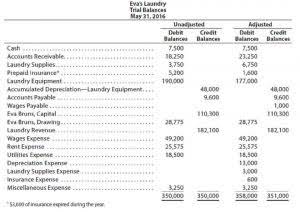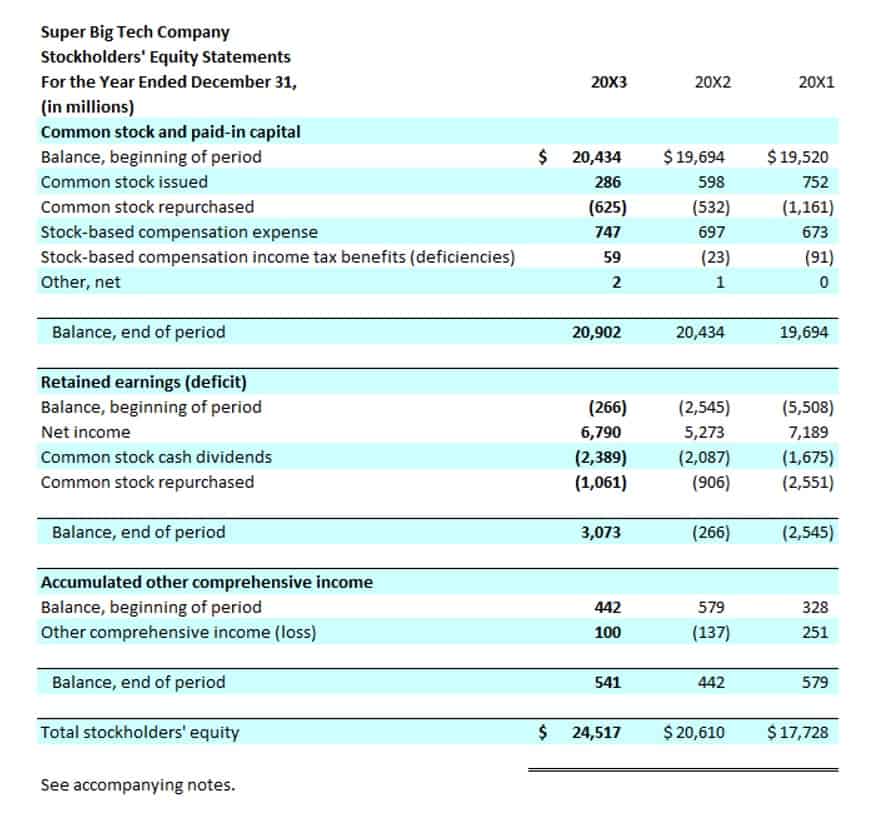What Is a Nonprofit Balance Sheet?

It’s an absolute monetary figure showing your financial capacity to strengthen current programs, invest in new initiatives, or apply the funds to better operational efficiency. It includes accounts payable, debt, and other expenses, such as amounts owed to employees, vendors, and contractors. However, the liquidity of assets and your organization’s debt level add important context about its ability to continue operations. As a nonprofit, your focus is on sustainability and accountability rather than profit, and the balance sheet provides a straightforward way for you to check that nonprofit statement of financial position these parameters are being met. This makes it different from your statement of activities, which outlines performance over a given period. What happens if you consider each section and still find alarming numbers on your nonprofit balance sheet?
- Many nonprofits include these statements in their annual reports to demonstrate accountability.
- This document can help lenders evaluate the nonprofit’s financial health and determine whether or not to approve the loan.
- While nonprofits call the difference between their assets and liabilities “net assets,” for-profits refer to this term as “equity,” which represents the ownership interest or stake shareholders have in the company.
- Since the gain is outside of the main activity of a business, it is reported as a nonoperating or other revenue on the company’s income statement.
- Nonprofits may have different expenses than for-profit companies since they are focused on fulfilling their mission rather than generating profit.
Long-Term Liabilities
Net assets represent the nonprofit’s financial health and ability to fulfill its mission rather than the organization’s value to its owners or shareholders. Understanding and analyzing key financial metrics and ratios helps nonprofits assess their financial health, measure operational efficiency, and make informed strategic decisions. These metrics provide insights into areas like sustainability, program efficiency, and cost management. Maintaining positive cash flow is essential for a nonprofit’s ability to meet its bookkeeping financial obligations and invest in future projects, supporting long-term stability and growth. The debt to equity ratio measures liquidity and shows how much debt versus revenue is being used.

Key Components of Functional Expense Reports:

The statement of financial position, commonly referred to as the balance sheet in the for-profit sector, is a crucial tool in providing this assurance. One of the main financial statements (along with the statement of comprehensive income, balance sheet, statement of cash flows, and statement of stockholders’ equity). The income statement is also referred to as the profit and loss statement, P&L, statement of income, and the statement of operations. The income statement reports the revenues, gains, expenses, losses, net income and other totals for the period of time shown in the heading of the statement. If a company’s stock is publicly traded, earnings per share must appear on the face of the income statement. Nonprofit financial statements are detailed reports that showcase an organization’s financial position, activities, and cash flow.
Asset Management

Further, providing a single lump sum balance for net assets without donor restrictions often does not tell the full story. Now you know the basics of the five essential financial reports that every nonprofit needs. So it’s very important that you learn to read the IRS 990 and understand what it says about the financial health and governance of your organization. This report will show them which of your activities brought cash into your operation during the period and which expenses ate up large chunks of money.
Importance of Cash Flow Management:
A nonprofit’s Statement of Activities is an adopted income statement, or profit and loss report. The Statement of Activities measures the impact of the company’s revenues and expenses and gives users the total change in net assets. The activity reported on this statement covers a specified period of time, usually one month or one year. It’s important because it shows your nonprofit’s ability to meet short-term obligations, ensuring that you have enough cash to support day-to-day operations. Even if your organization shows a surplus in its statement of activities, a negative cash flow could indicate potential liquidity problems. The statement of activities outlines the revenues, expenses, and changes in net assets for a specific period.
- Instead, review your Statement of Activities, Statement of Financial Position, and Cash Flow Statement monthly or quarterly.
- The operating reserve ratio measures how long a nonprofit can continue its operations without additional revenue.
- It gives insight into the organization’s financial performance and whether it is generating enough revenue to cover its expenses.
- Your size, your activities, and your funding sources will all determine which reports you need to run your business effectively.
- These include the statement of financial position, statement of activities, and cash flow statement.
- A statement of financial position, also known as a balance sheet, is a financial statement that provides a snapshot of your organization’s financial health at a specific point in time.
- Regularly reviewing donor agreements and communicating restrictions with staff responsible for spending decisions can help avoid inadvertent misuse of restricted funds.
- This helps you provide an accurate representation of your organization’s financial position across any time horizon being planned.
- For-profits list owner’s equity or shareholder funds, while nonprofits show net assets (after liabilities are subtracted from assets).
- Understanding the nonprofit statement of financial position, or balance sheet, is critical for anyone involved with a nonprofit organization.
- Liabilities also include amounts received in advance for a future sale or for a future service to be performed.
- These steps are essential for maintaining trust and fulfilling the organization’s accountability to its donors, members, and the communities it serves.
For example, interest earned by a manufacturer on its investments is a nonoperating revenue. Nonprofit organizations may apply to the Internal Revenue Service in order to be exempt from federal income taxes. Since nonprofits do not have owners, there is no owner’s equity or stockholders’ equity and there cannot be distributions to owners. Money that flows in and out of the organization due to activities related to debts and borrowing activity, like loan and note payments made each month as well as any income from stocks and bonds. These articles and related content is the property of The Sage Group plc or its contractors or its licensors (“Sage”). Please do not copy, reproduce, modify, distribute or disburse without express consent from Sage.These articles and related content is provided as a general guidance for informational purposes only.


The Statement of Activities provides a detailed overview of an organization’s revenue and expenses. It shows how funds are generated and how they are used to support the organization’s mission and programs. This statement is crucial https://www.bookstime.com/articles/tax-filings for understanding the financial health and sustainability of a nonprofit.



